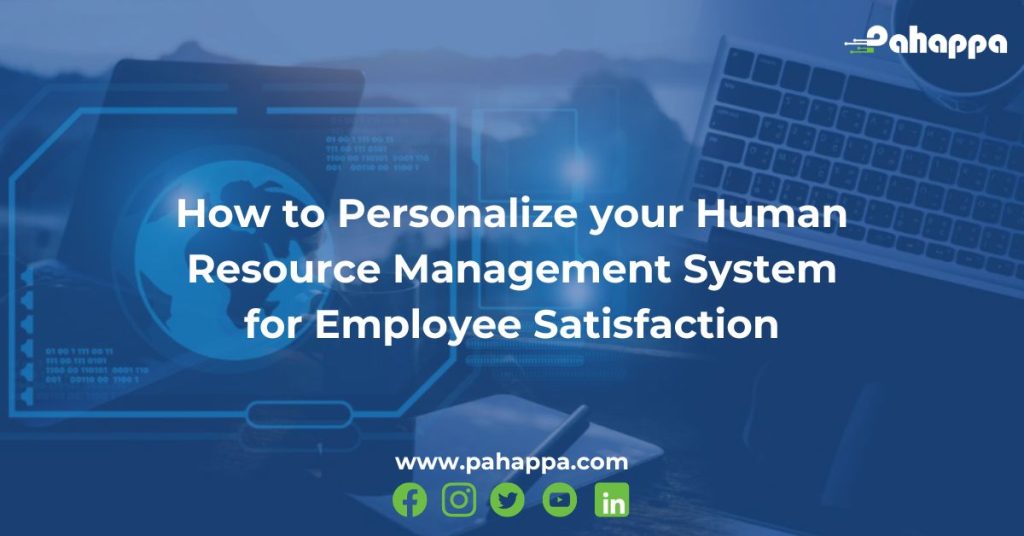Human Resource Management Information Systems (HRMIS) are computer-based systems that facilitate the management of human resources functions and activities within an organization. They typically include functions such as employee information management, payroll and benefits administration, performance management, training and development, and recruiting and hiring.
Real-time business intelligence (BI) refers to the ability to access and analyze up-to-date data in real time, allowing for faster and more informed decision-making. Real-time analytics give insights every time HR managers need to use them.
Organizational data is often stored in different, separate systems. Unless it is an ERP system, these systems may not fully communicate with each other. This is where real-time Business intelligence comes in. To make sure that other systems in the organisation like CRM or inventory systems process the same real-time data as the HR system. An example would be a salesperson making a sale and recording it in the CRM. The salesperson is granted a commission that should be paid through the HR system. The sale is automatically recorded by the HR department from the CRM to the HRMIS and the commission is paid.
When HRMIS is integrated with real-time BI tools, it can provide organizations with valuable insights into their workforce, enabling them to make more informed decisions regarding their human resources.
Some examples of how HRMIS can be used to provide real-time BI include:
- Tracking employee performance: HRMIS can be used to track employee performance metrics such as attendance, productivity, and customer satisfaction scores. This data can then be analyzed in real-time to identify trends, areas for improvement, and potential training needs. Business intelligence combines different modules in the HR system making sure that all employee data is streamlined and easy to analyse.
- Monitoring employee engagement: HRMIS can be used to track employee engagement levels through surveys and other feedback mechanisms. This data can be analyzed in real-time to identify areas where employee engagement is low and to implement targeted interventions to improve engagement levels. This enhances productivity amongst the employees.
- Identifying talent gaps: HRMIS can be used to track the skills and experience of employees, as well as their career aspirations. Throughout the recruitment and onboarding modules, HR managers can analyse the skills and experience candidates have so that they work to their full potential once they get the job. Managers can also be informed of certain skills required and whether they can introduce and monitor required skill sets to the employees. This data can be analyzed in real-time to identify potential talent gaps within the organization and to develop targeted recruitment and training strategies to address these gaps.
- Managing workforce costs: HRMIS can be used to track employee compensation, benefits, and other workforce costs. Through this, employees and managers will be up to date with required payments. This reduces risk management in employee management. This data can be analyzed in real-time to identify areas where costs are rising and to develop targeted cost-saving strategies.
Overall, integrating HRMIS with real-time BI tools can provide organizations with valuable insights into their workforce, enabling them to make more informed decisions and better manage their human resources. To discover more about HRMIS and it can improve employee management, visit our website here.











